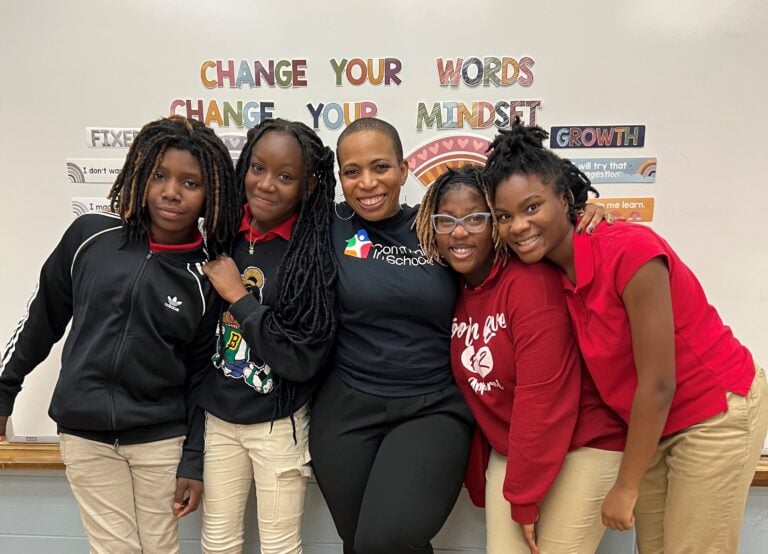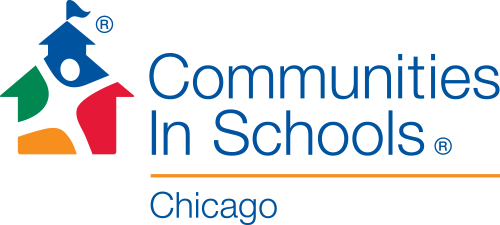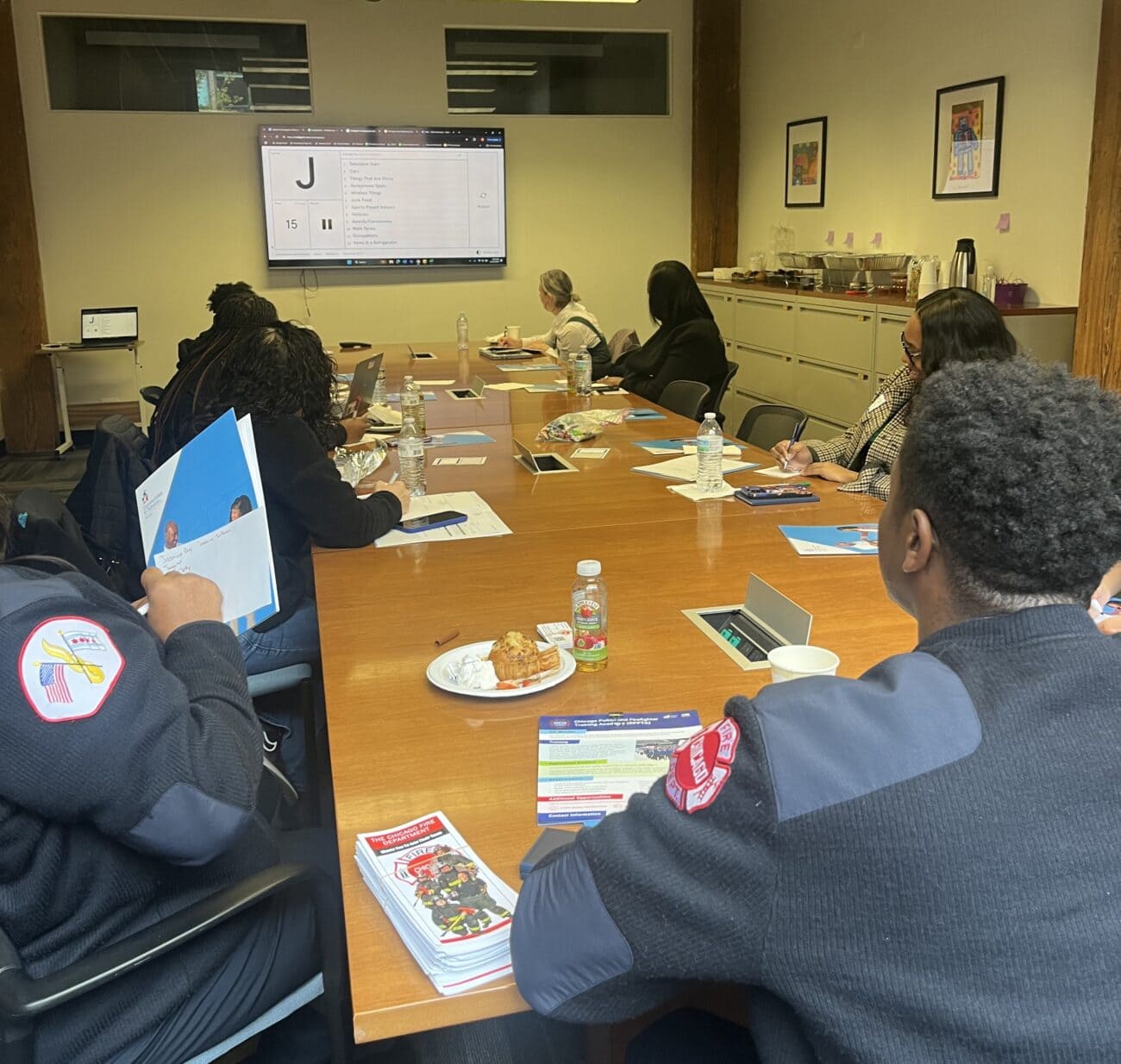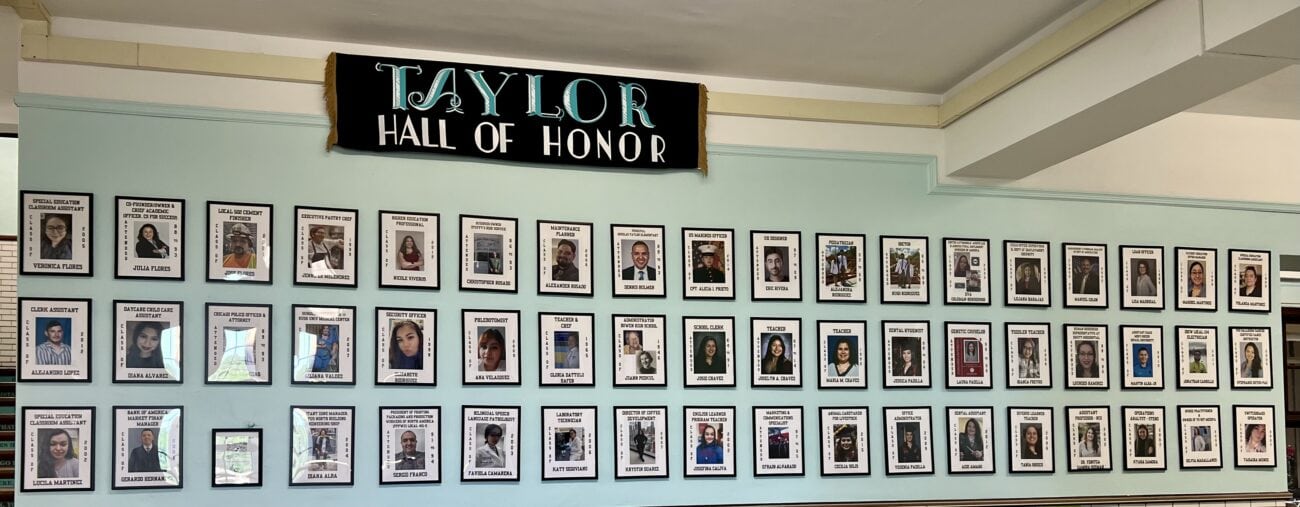By Latonya Booker, Student Supports Manager, Communities In Schools of Chicago
I’m West Side born and raised. 18th and Kildaire to be exact.
My great grandmother moved to this part of the city in the 1950s as part of the Great Migration. She left Grenada, Mississippi, and arrived in Chicago looking for a better life – not just for herself but for the generations that came after her. I’m living out her legacy today, still connected to the place where it all began.
I attended Pre-K at Mason Elementary, a school generations of my family came through, and went to high school at the Collins complex in Douglas Park. I was a great student who loved reading and writing, but I had to drop out my junior year to raise my newborn son.
My first real job was located practically in my backyard. After receiving my G.E.D., I worked in the cafeteria at a small elementary school located on a quiet block of greystones, right between West Garfield Park and North Lawndale.
When you say the names of either of those communities to outsiders, negative images sometimes emerge. I get it. Both are among the highest-need neighborhoods in all of Chicago, and each, unfortunately, suffers from high levels of violence. I don’t need to read newspaper stories or check the police blotter to know this. I’ve been impacted personally by the violence in these neighborhoods, losing friends and family to guns.
In the spring of ninth grade, one of these murders changed my life. My cousin hosted a party at her Lawndale apartment to celebrate my good grades. Unfortunately, gang members who were denied entry to the party got mad and started shooting. My friend, who was a good student and star athlete at Westinghouse High School, died in the crossfire. The murder devastated my friends and me. It still saddens me to think of what he might’ve become had he lived.
My friend’s killing helped set me on a path of purpose. Back then, I didn’t have anyone to turn to at home or school to process my grief, to help me make sense of what happened. I was determined to become that person in the lives of other young people experiencing trauma. I earned a bachelor’s degree in applied behavioral science; then came a master’s in psychology. I didn’t waste time putting those skills to use. I took a variety of jobs in schools across Chicago – teacher’s assistant, security guard – and eventually became dean of discipline at a West Side charter school.
The students I worked with during my decade at the school had great talent and dreams, just like the friends I’d grown up with. But they were also juggling a lot more than most kids: Unstable living situations, drug abuse by families and friends, and the same kind of ever-present violence that had disrupted my own youth. As much as I enjoyed being a dean, I knew I wasn’t being true to myself. Most of my time was spent handing out punishments and penalties when students didn’t follow the rules. I wanted to help them heal from the trauma impacting their lives.
So last year, I took a job with the nonprofit Communities In Schools of Chicago, where I provide one-on-one counseling to students who need extra help academically and socially. I also work to connect families with resources, to bring speakers into the school, and to arrange for off-campus field trips. I would have been excited to start this new job at any school, but when I learned that I would be placed at the elementary school where I held my first cafeteria job, it felt like a homecoming.
The school I’m working at now is much tinier than when I was there 25 years ago. Its enrollment, once 500 students, is now 200. On the other hand, the needs of the students feel greater than ever. According to the Chicago Metropolitan Agency for Planning, 40% of households in both neighborhoods my students come from earn less than $25,000 a year. Even more troubling, a 2022 analysis by the Sun-Times found that the highest number of shootings in the entire city took place in the police beat the school is located in.
These heightened risk factors have taken a toll on the young people I work with. Nearly 50% are chronically absent, missing 10+ days of school per year. Some have a hard time coming to class because they suffer from anxiety and PTSD symptoms; others need a great deal of support – just like I did – to make sense of the senseless killings that have taken the lives of people they know and love and avoid anger or sadness consuming them.
People ask me how I’m able to make progress with kids as young as kindergartners who’ve lost brothers and fathers, aunts and uncles to guns and drugs. I tell them that it starts with relationship building. When I share my story and my experiences with the young people in my school, they ask me questions. They want to know how I persevered. More often than not, they open up and I find out what they’re afraid of, or nervous about, or secretly hoping comes true.
With regular meetings and trust-building, they let down their guard and I teach them skills that help them cope when stressful situations happen. I demonstrate deep breathing techniques and ways to distract themselves when they find themselves getting ready to explode.
In a support group I developed called Me vs. Me, I challenge our middle-school young men to mentor and read to the kindergartner students who look up to them, to serve as role models. And in my Just Us Gurlz group, I teach the young ladies in our school who are going through puberty and having doubts about their self-worth that they are talented, beautiful, and poised for success.

All of my work with students takes place within a very supportive environment. There may be shootings and open-air drug sales happening close to the school’s front doors, but inside it is a haven. Our security guard has worked the front desk for 37 years, knows everyone, and stays in contact with two of the school’s former principals who are now retired. Current students have followed in the footsteps of previous generations who also learned here. Meanwhile, our current principal and assistant principal, who, to the delight of our young people, dressed as Ken and Barbie for Halloween this year, have walked alongside our students in peace marches and rallies and are a steady, caring presence in their lives.
I try to be a similar source of stability in my students’ lives and keep offering them perspective. Last year, one young man on my caseload was getting into verbal fights with his teacher on an almost daily basis. The teacher was getting frustrated. He didn’t know how to stop the behavior. At one point I reminded him that his teacher was someone’s mother, and would he want another kid talking to his mom that way? That got him thinking.
Slowly but steadily his attitude improved, and he became more receptive to anger management strategies, including deep breathing and journaling. He ended up having a positive year and his behavior improved in big ways. Earlier this school year, I was surprised to find him standing in the hallway, sent out of class by his new teacher. He hid his face when he saw me but said emphatically: “I’m working on it, Ms. Booker!”
We would all do well to remember his words. Working through trauma can be a long and tangled process. Our young people are working on it every day, sometimes more than we know.




